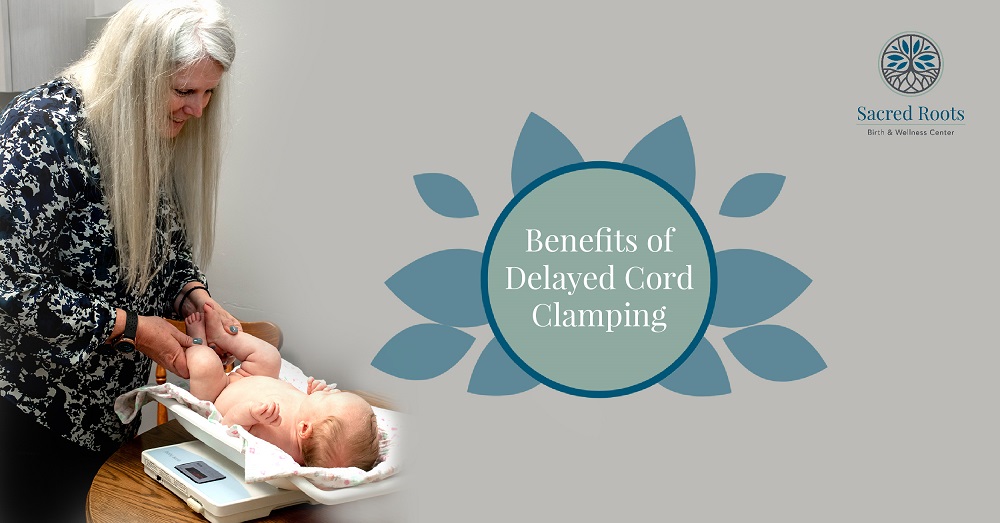When giving birth, you can choose to delay clamping the umbilical cord, and it’s our preferred method following the birth. Doing so can provide several health benefits to your newborn baby.
What is Delayed Cord Clamping?
The umbilical cord is usually clamped immediately after birth. With delayed cord clamping (DCC), the clamping is prolonged anywhere from 25 seconds to 5 minutes post delivery. Among other benefits, delayed clamping increases the transfer of blood from the placenta to the baby. This results in enhanced iron storage in the baby, which enhances their early brain development.
How long should you delay cord clamping?
The World Health Organization (WHO) recommends that clamping should be delayed as long as necessary and medically viable. In the last couple of years, an increasing number of mothers are showing interest in delaying clamping. WHO recommends a delay of at least one to three minutes after the delivery. Many midwives, on the other hand, prefer to wait till the cord stops pulsing.
What happens with delayed cord clamping?
Connecting the fetus to the placenta, the umbilical cord enables the transfer of oxygen and blood from the mother to the baby. It stays connected to the baby’s belly button after the delivery, continuing to hold and supply blood and oxygen. With delayed cord clamping, more blood, iron, and oxygen is transferred to the baby, encouraging healthier development.
What are the Benefits?
Now that you know the meaning of DCC, here are some thoughts to consider:
1. It is Safe to Delay Cord Clamping
To start, DCC is a low-risk procedure for healthy moms and babies. Of course, there are risks associated, which primarily include jaundice. But this is usually monitored and can be treated.
2. DCC Lowers the Chance of Anemia
Anemia refers to a decrease in red blood cell volume, and newborn babies are at risk. Conversely, increasing red blood cell count boosts the baby’s development. And as mentioned above, DCC increases the baby’s iron storage and blood volumes.
3. It is Highly Beneficial for Preterm Babies
Considering its health benefits, DCC is even better for premature deliveries, as preterm babies are at a greater risk. DCC currently is almost always done for preterm babies and has been shown to reduce the need for blood transfusions. It also lowers the risk of intraventricular hemorrhage and necrotizing enterocolitis.
It is also worth mentioning that DCC is completely safe with C-sections as well. Ultimately, delaying cord clamping allows more time for the baby to transition to life outside the womb.



